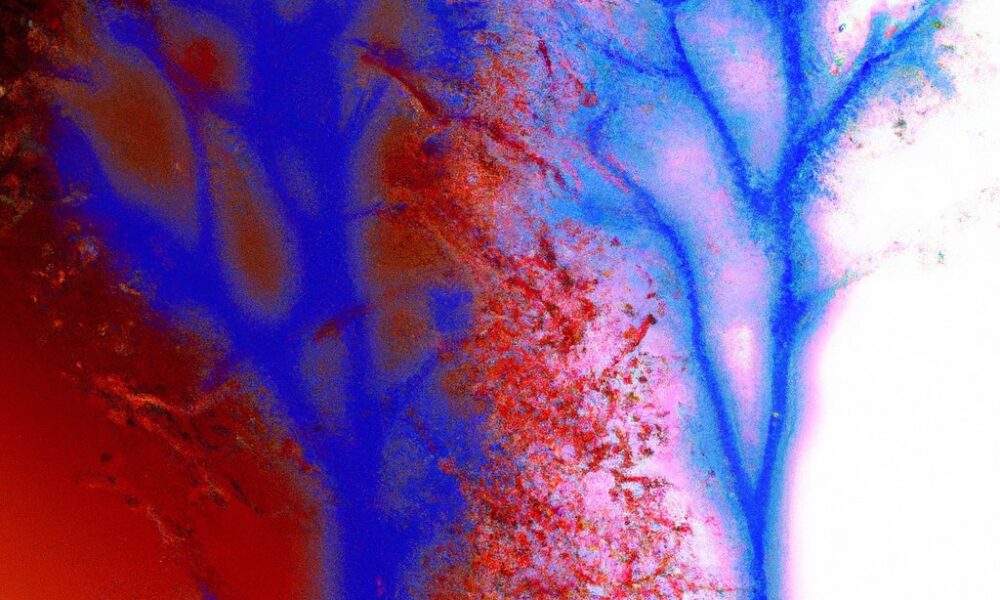By Flavio Gut
When I read “The Turning Point” by Fritjof Capra in the early 80s, I became aware for the first time that something profound was undergoing transformation, and that I was experiencing and would continue to experience this transformation throughout my lifetime.
In the beginning of the book, Capra mentions an ideogram from the I Ching, another work that has since become integral to my understanding of the world.
At the end of a period of decay, the turning point arrives. The powerful light that had been banished reemerges. There is movement, but it is not generated by force… The movement is natural, arising spontaneously. For this reason, the transformation of the old becomes easy. The old is discarded, and the new is introduced. Both measures align with the timing, resulting in no harm.
After all these years, my question today is: at what stage of the Turning Point are we currently at?
Capra had previously written “The Tao of Physics,” where he demonstrated the connection between Eastern philosophy and quantum physics.
In “The Turning Point,” he pointed out a path, a route, from a petroleum-centered world towards a new solar reality.
I have been following these clues and seeking not only to broaden my perception but also to refine my way of taking action, not just in thinking but in practice, in search of answers.
From what I can perceive so far, it seems that as humanity, we are getting closer to understanding that we are One. That we are part of the same world, and there is no Plan B for planet Earth.
Certainly, there are varying degrees of perception, but it is undeniable that there is now a critical mass capable of understanding that we are at the end of a cycle. The connectivity through networks has made this perception clearer.
The power of collective thinking.
While on one hand, a significant portion of humanity still struggles for basic survival, and a small and increasingly restricted group of individuals holds concentrated power, there is a large interconnected current of thought and action that is pointing towards new paths.
Signs that I can observe when looking at actions on the planet indicate a tendency towards a more collaborative life. Yes, it will not be easy or fast, but there are signs. Signs that we are at the turning point and undergoing change.
You, who are reading this, are likely connected to a device that relies on collective action because in the world of software, collaboration is essential for development.
I also see a movement towards a simpler life. By “simpler,” I don’t mean solely a return to rural living. Rather, it’s about living consciously and embracing simplicity. This is what Permaculture, agroforestry movements, land regeneration initiatives, and many others are demonstrating.
It’s a culture of voluntary “degrowth,” where time holds greater value than money. It involves concepts like embracing bicycles as a mode of transportation, growing natural food at home or engaging in local exchange with neighbors, and reducing consumption.
There are numerous successful experiences in this regard. Today, it is no longer just an old hippie idea but a realization for many people that there is indeed a much better world outside the Matrix.
A solar age that is beginning.
This can be the path, the exchange of experiences among these multiple initiatives in the construction of a collective consciousness. After all, it doesn’t take much wisdom to realize that without a profound transformation in the way we live as a society, our future will be one of plastic in a devastated land.
This awareness, of course, occurs unevenly. And we are talking about values, not just opportunities. That is why it is a turning point, where the old is being discarded and the new is emerging.
What drives transformation is consciousness. And each individual has their own path, their own level of understanding our habits. Observing our thoughts.
But going beyond observation and reflecting. I see this as a path. Not the only one, because for things to transform, action is necessary. And the first action is our own transformation.
John D. Liu argues that it is not necessary for all of humanity to realize that a different path is needed. It is enough to have a critical mass, meaning a sufficient number of people capable of acting according to this new consciousness, for change to occur.
I hear some people saying that after the pandemic, the world will never be the same again because values will have changed forever.
I have doubts.
There is a great collective illusion seeking a return to normalcy. A normalcy that, in my view, belongs to a more distant past with each passing day, but still captivates a significant portion of society.
But I am certain that a seed is planted, definitively. And in due time, in the natural course of things, many more will realize that things of value are not material possessions.

Deixe um comentário